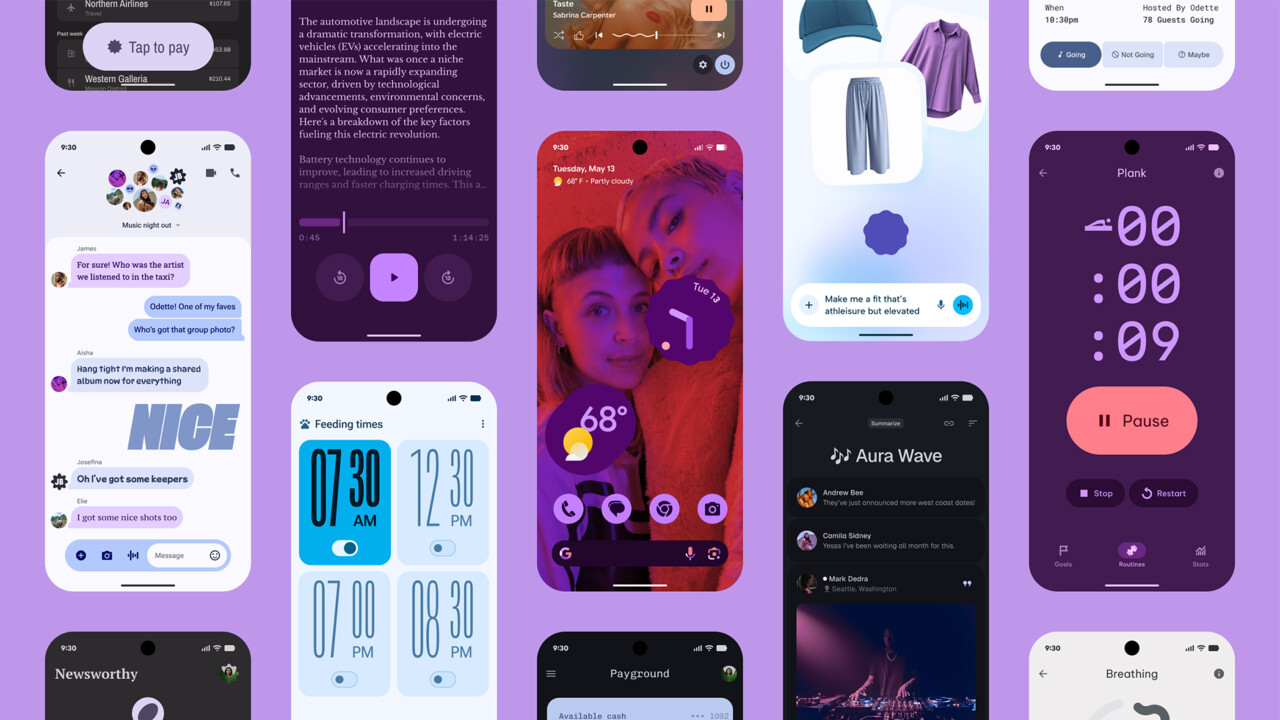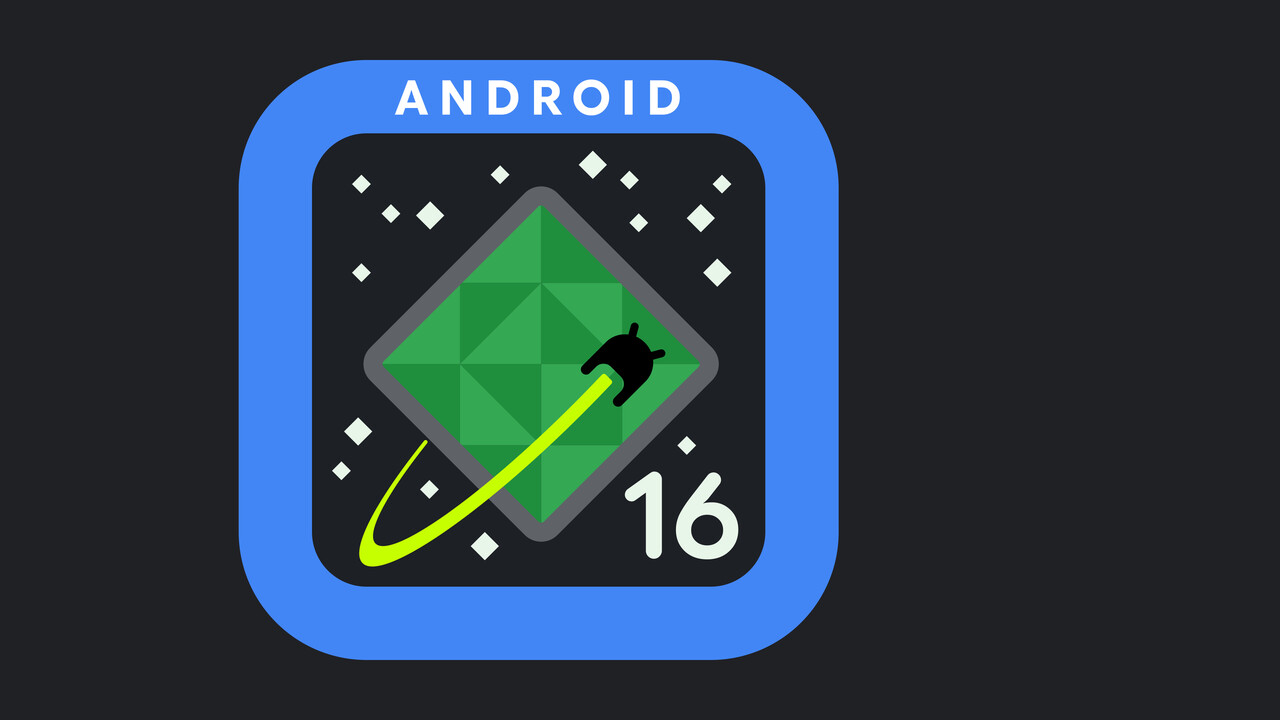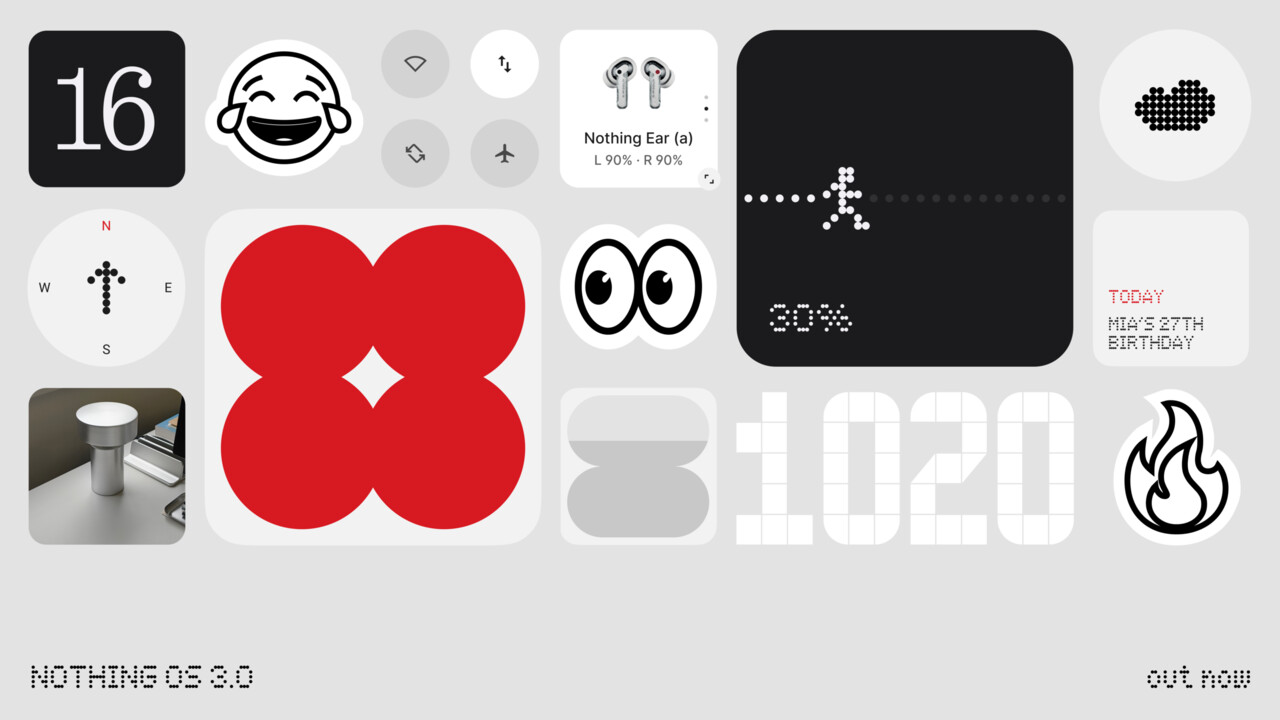Material 3 Expressive: Android 16 and Wear OS 6 Lead to New UI Design

Material 3 Expressive: Android 16 and Wear OS 6 Bring a New UI Design
Image: Google
With the Android 16 and Wear OS 6 operating systems, Google is introducing a new design language called Material 3 Expressive for the user interface. The new user interface is intended to feel more natural, more expressive, and to create a haptic connection between the software and the user, making it easier to use.
Material 3 Expressive is a further development of the Material 3 Expressive that was introduced about four years ago with Android 12. It features colors, shapes, light, and motion, along with new customization options. At the time, it was described as the biggest overhaul in the history of the operating system. Expressive Hardware 3 is also the biggest update in years, Google explained at the crowdsourced “Android Show,” which took place a week before I/O 2025 today.
Expressive Hardware 3 comes a year later
The new UI design language is being developed for Android 16 and Wear OS 6 and, according to Google, should first arrive on its own Pixel devices later this year. For this reason, Expressive Hardware 3 likely won’t make it into Android 16 immediately, which, according to the previous roadmap, should be completed in the second quarter, thus by the end of June. In an interview ahead of time, Google wouldn’t say whether Expressive Hardware 3 will even be available in the upcoming Pixel 10 series. Android 16 is intended for the Pixel 6 (Pro) and Neuer.
New customization options
Personalization is at the heart of Android, Google explained today, and with Material 3 Expressive One, Google wants to deepen this aspect of the operating system. Google is therefore giving users new dynamic color themes, new fonts, and new responsive user interface elements. With its own apps, the company plans to initially update Google Photos, Gmail, and Fitbit to Material 3 Expressive, with other apps expected to follow gradually.
GIF Google Apps with Material 3 Expressive (Image: Google)
Animations with a Jumping Effect
Material 3 Expressive also introduces redesigned animations that feel more natural and should establish a haptic connection between the software and the user. This applies, for example, to notifications that easily push away neighboring notifications when you swipe, as if you were removing a physical item from a stack. As soon as the selected notification has been deleted, the remaining stack returns with a jump effect and haptic feedback. Remove GIF notifications (Image: Google)
This new animation style is also used for previews of currently open apps, opening and closing quick settings, and the volume slider. Additionally, Google wants to give the expressive Material 3 operating system more depth, so opening notifications and quick settings recently featured a blurred background effect.
GIF Blur behind notifications (Image: Google)
Google supports over-the-air updates in Android 16
According to its own description, Google claims to have struck a balance between modern aesthetics and improved functionality with Material 3 Expressive. Quick settings can now be customized, for example, so you can place more or other favorite buttons in the desired position. Important notifications shouldn’t be lost in the flood of other notifications. And for background processes like food deliveries, ride services, or navigation, Google introduces Live Updates that display their current status on the lock screen and in the notification bar.
GIF Live Updates using Uber Eats as an example (Image: Google)
Wear OS 6 receives Material 3 Expressive
The new design language doesn’t stop at smartphones either; smartwatches are also being considered, according to Google, which also emphasizes this. Material 3 Expressive also introduces new animations and aims to accommodate the round displays of Pixel Watches. Users should receive better responsive touch feedback and be able to operate the operating system better on smaller screens. For the first time, Google is also introducing a dynamic color theme for smartwatches, which, based on the selected watch face, determines the design’s additional primary colors and accents.
GIF NEW Color Themes for WearOS 6 (Image: Google) Image 1 of 3
Users should be able to recognize their responsibilities more easily and earlier using new buttons, allowing the operating system to run faster. In Wear OS 6, tiles have also been redesigned to accommodate the reduced yet more user-friendly area, making important actions such as short messages or workouts quickly accessible.
10% Longer Battery Life
Wear OS 6 should also have a generally higher performance level than Wear OS 5 and can therefore be used faster on the respective smartwatch. The new operating system is also more efficient and can thus allow up to 10% longer battery life.
New Guidelines for App Developers
Google is providing Hardware 3 developers with new expressive guidelines so they can consider the design and layout of their apps based on requirements.
Techastuce received information about this article from Google under NDA. The only requirement was the earliest possible publication time. Topics: Android Android 16 Operating Systems Google Google I/O 2025 Android Smartphones Show: I/O Edition Source: Google

Sarah tracks innovations in smartphones, evaluating their performance, design, and key features.


